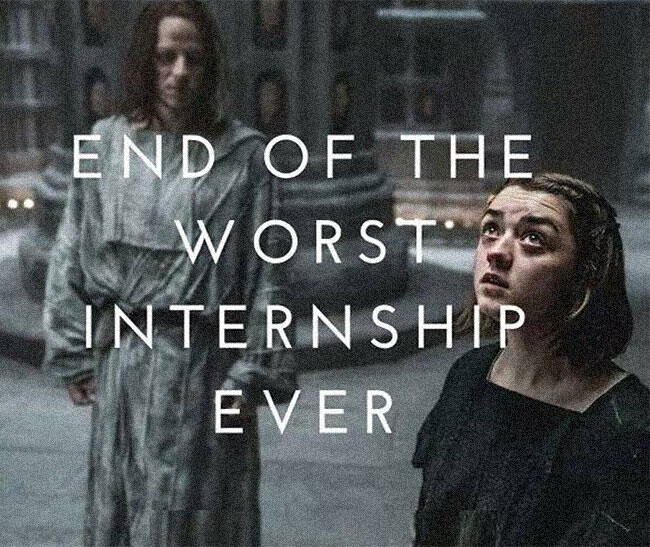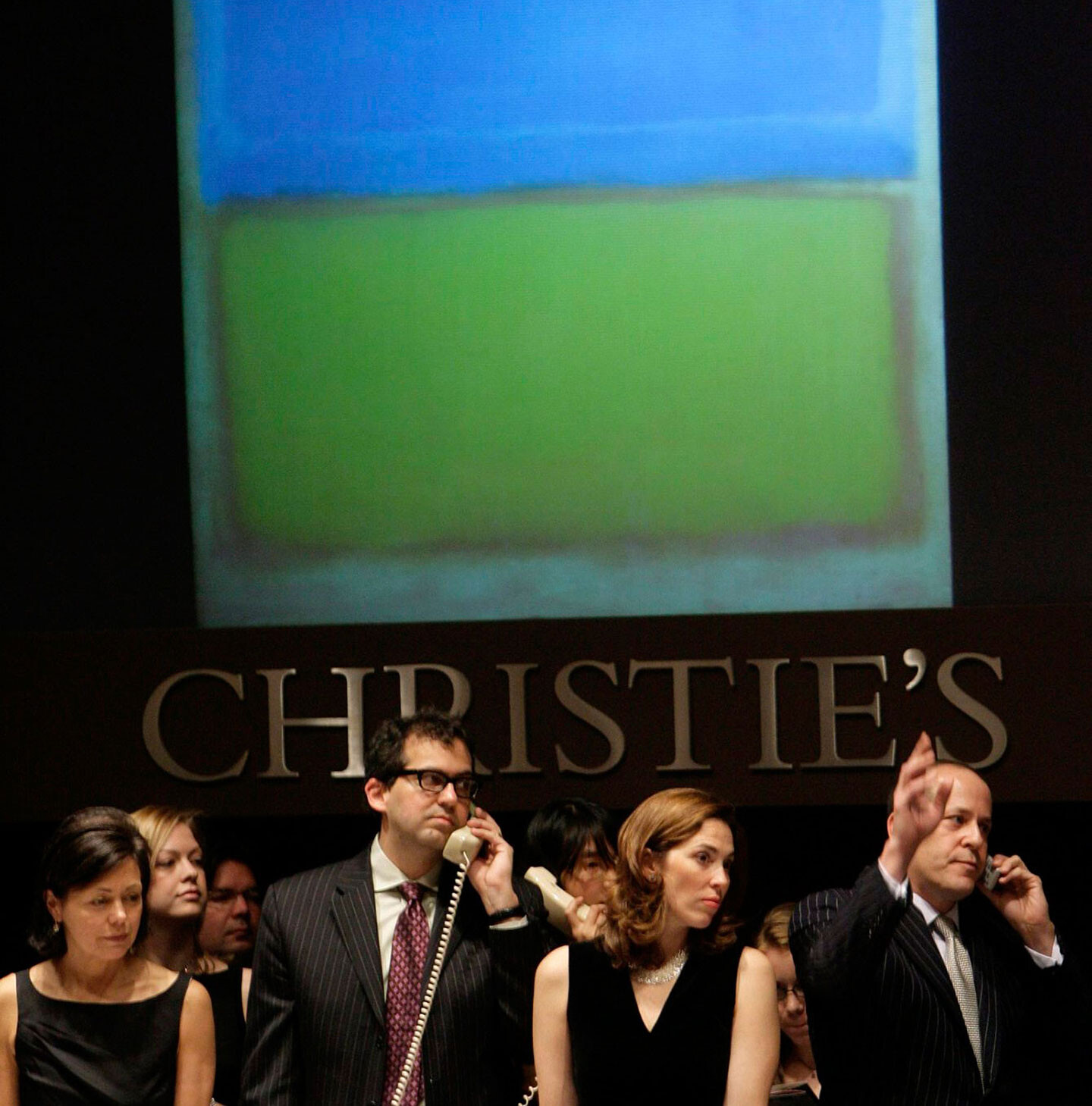Is art a currency? Investor Stefan Simchowitz thinks so. He wrote with uncompromising clarity about the post-Brexit era: “Art will effectively continue its structural function as an alternative currency that hedges against inflation and currency depreciation.”1 Have silver paintings become a proxy gold standard?2 How did it come to this? During the ongoing crisis, investors were showered with tax money, which then went into freeport collections, tower mansions, and shell companies. Quantitative easing eroded currency stability and depleted common resources, entrenching a precarious service economy with dismal wages, if any, eternal gigs, eternal debt, permanent doubt, and now increasing violence. This destabilization is one reason the value of art looks more stable than the prospects of many national GDPs. In the EU this takes place against a backdrop of mass evictions, austerity, arson attacks, Daesh run amok, and Deutsche scams. Results include child poverty, debt blackmail, rigged economies, and the fascist scapegoating of others for widely self-inflicted failed policies. Art is an “alternative currency” of this historical moment.3 It seems to trade against a lot of misery.
Meanwhile, reactionary extremism intensifies in many places. I won’t bore you with specifics. There’s always another attack, election, coup, or someone who ups the ante in terms of violence, misogyny, snuff, or infamy. Derivative fascisms4 continue to grow, wherever disenfranchised middle classes fear (and face) global competition—and choose to both punch down and suck up to reactionary oligarchies.5 Ever more self-tribalized formations pop up that prefer not to abolish neoliberal competition—but instead eliminate competitors personally. Derivative fascisms try to fuse all-out free trade economics with (for example) white nationalism[6] by promoting survival of the fittest for everyone except themselves. Authoritarian neoliberalism segues into just authoritarianism.
A permanent fog of war is fanned by permanent fakes on Facebook. Already deregulated ideas of truth are destabilized even further. Emergency rules. Critique is a troll fest. Crisis commodified as entertainment. The age of neoliberal globalization seems exhausted and a period of contraction, fragmentation, and autocratic rule has set in.
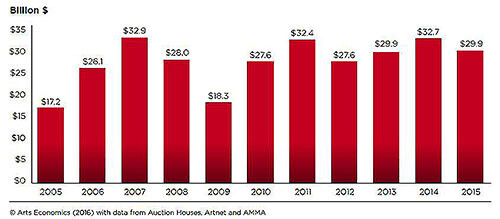

The growth of the global auction market from 2005 to 2015, according to data from Auction House, ArtNet, and AMMA.
Alternative Currency
Art markets seem not overly concerned. In times in which financial institutions and even whole political entities may just dissolve into fluffy glitter, investment in art seems somehow more real. Moreover, as alternative currency, art seems to fulfill what Ethereum and Bitcoin have hitherto only promised.6 Rather than money issued by a nation and administrated by central banks, art is a networked, decentralized, widespread system of value.7 It gains stability because it calibrates credit or disgrace across competing institutions or cliques. There are markets, collectors, museums, publications, and the academy asynchonously registering (or mostly failing to do so) exhibitions, scandals, likes and prices. As with cryptocurrencies, there is no central institution to guarantee value; instead there is a jumble of sponsors, censors, bloggers, developers, producers, hipsters, handlers, patrons, privateers, collectors, and way more confusing characters. Value arises from gossip-cum-spin and insider information. Fraudsters and con artists mix helter-skelter with pontificating professors, anxious gallerists, and couch-surfing students. This informal ecology is eminently hackable, but since everyone does it, it sometimes evens out—even though at highly manipulated levels. It is at once highly malleable and inert, sublime, dopey, opaque, bizarre, and blatant: a game in which the most transcendental phenomena are on collectors’ waiting lists. Further down the food chain, media art, like Bitcoin, tries to manage the contradictions of digital scarcity by limiting the illimitable. But for all its pretense to technological infallibility, Bitcoin is potentially just as dependent on group power8 as art-market values are dependent on consent, collusion, and coincidence. What looks like incorruptible tech in practice hinges on people’s actions. As to the encryption part in art: art is often encrypted to the point of sometimes being undecryptable. Encryption is routinely applied, even or especially if there is no meaning whatsoever. Art is encryption as such, regardless of the existence of a message with a multitude of conflicting and often useless keys.9 Its reputational economy is randomly quantified, ranked by bullshit algorithms that convert artists and academics into ranked positions, but it also includes more traditionally clannish social hierarchies. It is a fully ridiculous, crooked, and toothless congregation and yet, like civilization as a whole, art would be a great idea.
In practice though, art industries trigger trickle-up effects which are then flushed sideways into tax havens. Art’s economies divert investments from sustainable job creation, education, and research and externalize social cost and risk. They bleach neighborhoods, underpay, overrate, and peddle excruciating baloney.
This does not only apply to art’s investor and manager classes. The lifestyles of many art workers also support a corporate technological (and antisocial) infrastructure that whisks off profits into fiscal banana republics. Apple, Google, Uber, Airbnb, Ryanair, Facebook, and other hipster providers pay hardly any taxes in Ireland, Jersey, or other semisecret jurisdictions. They don’t contribute to local services like schools or hospitals and their idea of sharing is to make sure they get their share.
But let’s face it—in relation to the scale of other industries, the art sector is just a blip. Contemporary art is just a hash for all that’s opaque, unintelligible, and unfair, for top-down class war and all-out inequality. It’s the tip of an iceberg acting as a spear.
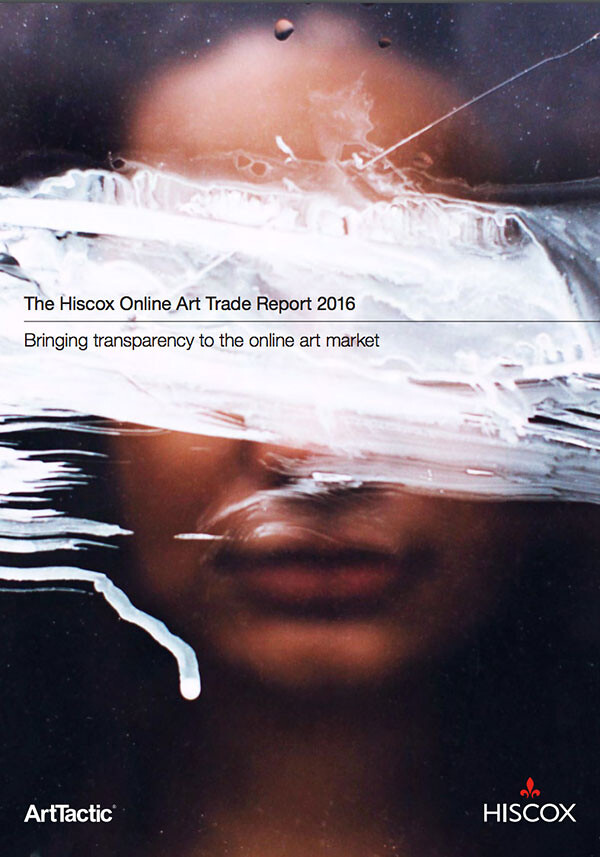

“The online art market has continued to grow strongly (up 24 percent to $3.27 billion) despite the global art market slowing in 2015,” states the foreword of this art insurer’s report.
Degenerate Art
Predictably, this leads to resentment and outright anger. Art is increasingly labeled as a decadent, rootless, out-of-touch, cosmopolitan urban elite activity. In one sense, this is a perfectly honest and partly pertinent description.10 Contemporary art belongs to a time in which everything goes and nothing goes anywhere, a time of stagnant escalation, of serial novelty as deadlock. Many are itching for major changes, some because the system is pointless, harmful, 1 percent-ish, and exclusive, and many more because they finally want in.
On the other hand, talk of “rootless cosmopolitans” is clearly reminiscent of both Nazi and Stalinist propaganda, who relished in branding dissenting intellectuals as “parasites” within “healthy national bodies.” In both regimes this kind of jargon was used to get rid of minority intelligentsia, formal experiments and progressive agendas; not to improve access for locals or improve or broaden the appeal of art. The “anti-elitist” discourse in culture is at present mainly deployed by conservative elites, who hope to deflect attention from their own economic privileges by relaunching of stereotypes of “degenerate art.”
So if you are hoping for new opportunities with the authoritarians, you might find yourself disappointed.
Authoritarian right-wing regimes will not get rid of art-fair VIP lists or make art more relevant or accessible to different groups of people. In no way will they abolish elites or even art. They will only accelerate inequalities, beyond the fiscal-material to the existential-material. This transformation is not about accountability, criteria, access, or transparency. It will not prevent tax fraud, doctored markets, the Daesh antiquities trade, or systemic underpay. It will be more of the same, just much worse: less pay for workers, less exchange, fewer perspectives, less circulation, and even less regulation, if such a thing is even possible. Inconvenient art will fly out the window—anything non-flat, non-huge, or remotely complex or challenging. Intellectual perspectives, expanded canons, nontraditional histories will be axed—anything that requires an investment of time and effort instead of conspicuous money. Public support swapped for Instagram metrics. Art fully floated on some kind of Arsedaq. More fairs, longer yachts for more violent assholes, oil paintings of booty blondes, abstract stock-chart calligraphy. Yummy organic superfoods. Accelerationist designer breeding. Personalized one-on-one performances for tax evaders. Male masters, more male masters, and repeat. Art will take its place next to big-game hunting, armed paragliding, and adventure slumming.
Yay for expensive craft and anything vacuous that works in a chain-hotel lobby. Plastiglomerate marble, welded by corporate characters banging on about natural selection. Kits for biological “self-improvement.” Crapstraction, algostraction, personalized installations incorporating Krav Maga lessons. Religious nailpaint will slay in all seasons, especially with a Louis Vuitton logo. Hedge-fund mandalas. Modest fashion. Immodest fashion. Nativist mumbo jumbo. Genetically engineered caviar in well-behaved ethnic pottery. Conceptual plastic surgery. Racial plastic surgery. Bespoke ivory gun handles. Murals on border walls. Good luck with this. You will be my mortal enemy.
Just like institutional critique was overtaken by a neoliberal Right that went ahead and simply abolished art institutions, the critique of contemporary art and claims for an exit from this paradigm are dwarfed by their reactionary counterparts. The reactionary exit—or acceleration of stagnation—is already well underway. Algorithmic and analogue market manipulation, alongside the defunding, dismantling, and hollowing-out of the public and post-public sector,11 transforms what sometimes worked as a forum for shared ideas, judgment, and experimentation into HNWI interior design. Art will be firewalled within isolationist unlinked canons, which can easily be marketed as national, religious, and fully biased histories.
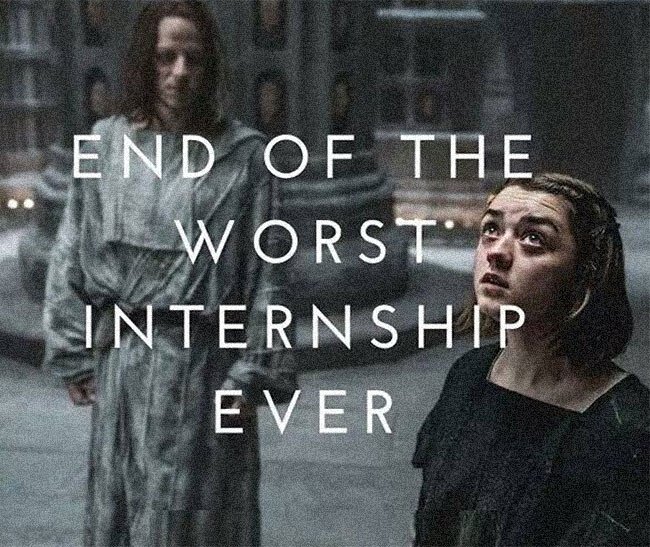

Game of Thrones lends itself to serving as a metaphor for fanstastic precarity.
An Alternative Alternative Currency?
Now what? Where does one go from here?
Let’s put the next paragraph into brackets. It just indicates a hypothetical possibility.
If art is an alternative currency, its circulation also outlines an operational infrastructure. Could these structures be repossessed to work differently? How much value would the alternative currency of art lose if its most corrupt aspects were to be regulated or restructured to benefit art’s larger communities? How about even a minimum of rules in the market—gallery contracts, resale-time minimums, artist fees,12 remunerated internships? Introducing blockchain public records for the production, transaction, and locating of artworks in order to reign in tax fraud and money laundering?13 Declining the most mortifying sponsor and patron relationships instead of artwashing fossil extraction, weapons manufacturing, and banks bailed out with former cultural funding? How about asking for fees on resales similar to those asked on photocopies to pay for art workers’ health insurance? Or on any offshore art-related transaction? Could art as alternative currency not only circulate within existing systems but even launch not-yet-existing economies (publics, institutions, markets, parallel art worlds, etc.)?
But to expect any kind of progressive transformation to happen by itself—just because the infrastructure or technology exists—would be like expecting the internet to create socialism or automation to evenly benefit all humankind. The internet spawned Uber and Amazon, not the Paris Commune. The results may be called “the sharing economy,” but this mostly means that the poor share with the rich, not vice versa. Should any less unilateral sharing be suggested, the bulk of capital will decamp immediately.14 One of the first steps towards parallel art sectors would thus be to organize even partial sustainability in the absence of bubble liquidity and barely limited amounts of free labor. Whatever emerges will be a new version of art-affiliated autonomy
In contrast to the modernist autonomy of art schemes, this autonomy is not solitary, unlinked, or isolated. Nor will it come about by some fantasy of progress in-built into technology. On the contrary it can only emerge through both a conscious effort and exchange among diverse entities. It’s an autonomy that works through circulation, transformation, and alchemy. The links it could build on exist as weak links (aka, air-kiss links) and reshaping them would need to happen within a compromised mess of contradictory activities. But simultaneously people can try to synch with the art-related undercommons15 by building partial networked autonomy via all means necessary. If art is a currency, can it be an undercurrent? Could it work like an Unter, not an Uber?
How to do this? People are used to perceiving the art world as sponsored by states, foundations, patrons, and corporations. But the contrary applies at least equally well. Throughout history it has been artists and artworkers, more than any other actors, who have subsidized art production.16 Most do so by concocting mixed-income schemes in which, simply speaking, some form of wage labor (or other income) funds art-making. But more generally, everyone involved also contributes in all sorts of other ways to art’s circulation, thus making it stronger as currency. Even artists who live “off their work” subsidize the market by way of enormous commissions in relation to other industries. But why should one sponsor VIP prepreviews, bespoke museum extensions without any means to fill them, art-fair arms races, institutional franchises built under penal-colony conditions, and other baffling bubbles? This bloated, entitled, fully superfluous, embarrassing, and most of all politically toxic overhead is subsidized by means of free labor and life time, but also by paying attention to blingstraction and circulating its spinoffs, thus creating reach and legitimacy. Even the majority of artists that cannot afford saying no to any offer of income could save time not doing this.17 Refusing sponsorship of this sort might be the first step towards shaking the unsustainable and mortifying dependency on speculative operations that indirectly increase authoritarian violence and division. Spend free time assisting colleagues,18 not working for free for bank foundations. Don’t “share” corporate crap on monopolist platforms. Ask yourself: Do you want global capitalism with a fascist face? Do you want to artwash more insane weather, insane leaders, poisonous and rising water, crumbling infrastructure, and brand-new walls? How can people genuinely share what they need?19 How much speed is necessary? How can artistic (and art-related) autonomy evolve from haughty sovereignty to modest networked devolution?20 How can platform cooperatives contribute to this? Can art institutions follow the lead of new municipalist networks and alliances of “rebel cities”?21 In the face of derivative fascisms, can local forms of life be reimagined beyond blood, soil, nation, and corporation, as networks of neighborhoods, publics, layered audiences?22 Can art keep local imaginaries curious, open-minded, and spirited? How to make tangible the idea that belonging is in becoming—not in having been?23 What is art’s scale, perspective, and challenge in de-growing constituencies? Can one transform art’s currency into art’s confluence? Replace speculation with overflow?24
Art’s organizing role in the value-process—long overlooked, downplayed, worshipped, or fucked—is at last becoming clear enough to approach, if not rationally, than perhaps realistically. Art as alternative currency shows that art sectors already constitute a maze of overlapping systems in which good-old gossip, greed, lofty ideals, inebriation, and ruthless competition form countless networked cliques. The core of its value is generated less by transaction than by endless negotiation, via gossip, criticism, hearsay, haggling, heckling, peer reviews, small talk, and shade. The result is a solid tangle of feudal loyalties and glowing enmity, rejected love and fervent envy, pooling striving, longing, and vital energies. In short, the value is not in the product but in the network; not in gaming or predicting the market25 but in creating exchange.26 Most importantly, art is one of the few exchanges that derivative fascists don’t control—yet.
But as a reserve system for dumb, mean, and greedy money, art’s social value (auto)destructs and turns into a shell operation that ultimately just shields more empty shells and amplifies fragmentation and division. Similarly, arts venues are already shifting into bonded warehouses and overdesigned bank vaults inside gilded, gated compounds designed by seemingly the same three architects worldwide.
It’s easy to imagine what the motto for art as the reserve currency of a fully rigged system might be. Just envision a posh PR lieutenant policing the entrance of a big art fair, gingerly declaring to anyone pushed aside, displaced, exploited, and ignored: “If you don’t have bread, just eat art!”
Rain Embuscado, “The Art World Responds to Brexit,” Artnet News, June 24, 2016 →.
Apparently this specific market crashed in the meantime. Art markets in general are still rather stable.
The idea of art as currency is also explored in fascinating detail by David Joselit in After Art (Princeton, NJ: Princeton University Press, 2012), but at a different historic moment, the moment of the expansion of neoliberal globalization. Now, at the end of this historic moment, art as currency seems to have become even more powerful.
The term “derivative fascisms” means a jumble of widespread extreme right-wing movements that relate to twentieth-century fascisms in terms of future options, but not by any means as equivalents, as in: creating and marketing future options for fascism. There is no point in asking whether they are really fascisms or not because fascism is the underlying entity, which may or may not have anything to do with its derivatives.
I use the term “middle class” in a more expanded sense—in the sense of a global middle class (which may well include both working and out-of-work classes in formerly industrialized countries) undercut by outsourcing and expanded competition. However, economic reasons are not the only explanation for the new popularity of derivative fascisms. How is it that in Germany, ninety refugee camps were attacked last year by arson alone (total attacks numbered 901 that year), while at the same time the country is doing very well economically? Indeed, the unemployment rate in Germany has fallen to its lowest level in twenty-four years. Why is Austria 53 percent likely to elect a neofascist president, when it’s own unemployment rate hasn’t surpassed 6 percent at any point since the mid-Nineties? How does one explain the constant and growing presence of extreme-right-wing organizations in these two countries that have profited massively from recent crises—Austria, from the so-called Eastern expansion, a pillage streak that moved the pensions of local retirees to the art collections of the Austrian financial industry; and Germany, which made a windfall from the European debt crisis and funneled centuries of Southern European peoples’ futures into subsidies for domestic car industries cheating on carbon emissions? It’s true that inequality has risen in both countries. But in Portugal, economic inequality is way higher, and unemployment is twice as high (not to mention state debt and related austerity policies), yet this country does not have a significant right-wing party or movement, partly due to its recent history. Look at Spain or Italy, both hit by the debt crisis; no new fascist party on the ascent. Even in Greece, hardest hit by crippling austerity, votes for the fascist Golden Dawn are going down, not up. The more than 50.000 refugees stranded there by the closing down of the so-called Balkan route have been mostly generously welcomed; certainly not with 90 arson attacks. In contrast derivative fascisms are strongest either in comparatively rich European countries (France, some Scandinavian countries, Austria) or countries that are refusing to take in refugees like Hungary or trying to minimize numbers like Poland. The economy is most certainly an important reason for the acceleration of fascism. But it is also most certainly not the only reason for the boom in fascist derivatives. In light of hard facts, the correlation between economic hardship and fascist popularity is very much complicated. The latter also requires a part of the population that will, if it feels threatened or just slighted, blackmail the whole of society vote fascist, destabilize, or kill.
To make this very clear: art is not a cryptocurrency. I am trying to point out some structural similarities between art systems and cryptocurrencies, not to suggest art as currency works in the same way. Nevertheless, the possibility of art becoming a cryptocurrency is raised in a very informative text by J. Chris Anderson, “Why Art Could Become Currency in a Cryptocurrency World,” The New Stack, May 31, 2015 →.
In contrast to cryptocurrencies, in art there is not the slightest pretense to decentralized transparency, nor the pretense to an automated incorruptible set of functions. Art as currency gains its relative stability precisely because of nontransparency, and because of its overwhelming reliance on human relations.
See →.
This leaves art projects that deal with alternative currencies (or financial options or contracts) on a double scene. They can become representational and sometimes somewhat misleading because they show something other than they actually already do themselves.
I very much agree with Ben Davis’s excellent text “After Brexit, Art Must Break Out of Its Bubble,” Artnet News, June 28, 2016 →.
By “post-public” I mean semi-public corporate ventures like biennials and many institutions and museums.
W.A.G.E., Precarious Workers Brigade, etc., are doing a stellar job on this issue, as are new artist unions and other organizations working on related issues, including Liberate Tate, Gulf Labor, etc.
The use of blockchain technology in art circulation, criticism, and documentation opens up a huge can of worms relating to the quantification of different art phenomena, the manipulation of consensus, submission to the tyranny of averages, etc. Arguably, art’s appeal (and value) derives at least in part from the fact that it does not always reproduce the so-called “wisdom of crowds” or other popularity-driven functions. There is enough great art about this (see, for example, Komar and Melamid, “The Most Wanted Paintings on the Web” →) to understand how it would be both funny and devastating for all art to be like this or made on demand according to futures and prediction markets. That said, it would be extremely useful to record the provenance and to a certain extent the authenticity of artworks, and to establish public registries of works and their whereabouts in order to prevent money laundering through art. And in the longer run, this kind of record-keeping could perhaps also support more ambitious projects. Of course, this also creates the potential for the total tracking and secondary data analysis of art works, thus assimilating them on another level into social marketing and metasurveillance.
And the currency function will be diminished by decreasing circulation, thus possibly eliminating art’s function as currency altogether, reverting artworks to commodities or products.
Adapting a set of propositions advanced by Fred Moten and Stefano Harvey in The Undercommons: Fugitive Planning and Black Study (Brooklyn: Minor Compositions, 2013) →.
Pointed out by Anton Vidokle in “Art without Market, Art without Education: Political Economy of Art,” e-flux journal 43 (March 2013) →.
I am fully aware that it is a major luxury for most artists to be able to say no to anything; but even in this case one could still rethink one’s participation in circulation.
One of many excellent examples is Neue Nachbarschaft in Berlin, where Berliners—both longtime residents and newcomers—come together for art courses and lessons in German or music.
See the Platform Cooperativism website →. The idea is to use technology to connect workers and service-providers to users through platforms that are worker-owned or organized cooperatives. Blockchains are used in many of the already existing examples. A lot of art projects incorporate different versions of blockchain elements. See, for example, Sami Emory, “BitchCoin Is a New Cryptocurrency for Art,” The Creator’s Project, February 10, 2015 →; and Steven Sacks et al. in conversation, “Monegraph and the Status of the Art Object,” dis magazine →. An excellent critical reflection on art projects dealing with blockchains can be found in Sven Lütticken, “The Coming Exception,” New Left Review 99 (May–June 2016).
This question requires a long paragraph reexploring the idea of “delinking” under conditions of simultaneously networked and fragmenting global systems—an idea which has been explored by Samir Amin, Immanuel Wallerstein, Andre Gunder Frank, and Giovanni Arrighi, among others. A more fully developed version of this text will rely heavily on Karatani Kojin’s idea of “autonomous modes of exchange.” In his book The Structure of World History: From Modes of Production to Modes of Exchange (2014), Karatani foregrounds circulation as a mode of production and highlights cooperativism and associationism as sites of creative organization. Art systems combine most modes of circulation mentioned by Karatani: pre-agricultural clan-based modes; modes based on plunder, expropriation, and statehood; and capitalist modes. Art also contains seeds of a potential future mode of circulation based on sharing, the dissolution of enclosures, locally actualized diverse constituencies, and the creation of parallel economies using LETS and other pre-blockchain alternative currencies. On the one hand, this means utter corruption; on the other, a parallel form of exchange. On a related note, see Aria Dean’s excellent recent text “Poor Meme, Rich Meme,” which maps vectors of a Black circulationism projected by shared motion, history, movement, and multiplicity →.
I suppose big art institutions could see themselves as cities.
How do we defend municipalities under attack, like the twenty-four deposed municipalities administrated by the pro-Kuridish Democratic Regions Party (DBP) in southeast Turkey, including Nusaybin, Cizre, Sur, and Suruç, some of which have declared self-rule and operate on a model of assembly-based autonomy?
A proposition advanced by Brian Massumi in “Conjunction, Disjunction, Gift,” transversal, January 2011 →.
Confluence instead of coalition, a way to let movements move. Overflow: productive loss of control over dynamic developments. See the new issue of the journal transversal on these and other notions →.
By trying to gauge artists’ lifespans or investing according to the number of the kids female artists have.
I learned this from Elie Ayache’s fascinating treatise The Blank Swan: The End of Probability (Hoboken, NJ: Wiley, 2010).
Thank you to Sven Lütticken, Anton Vidokle, and Stephen Squibb for very helpful comments.
